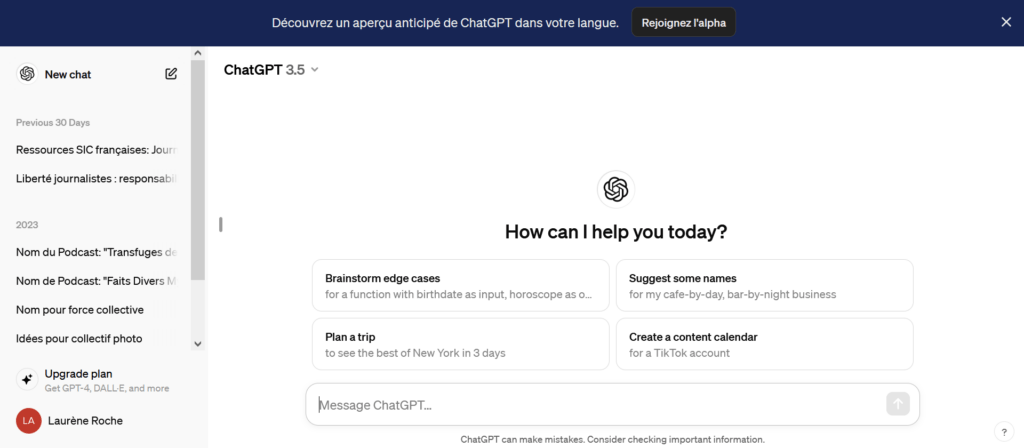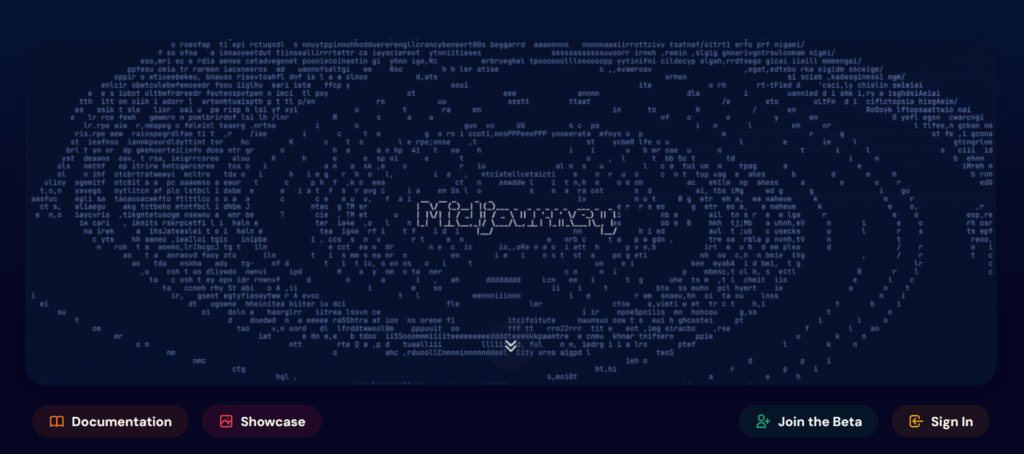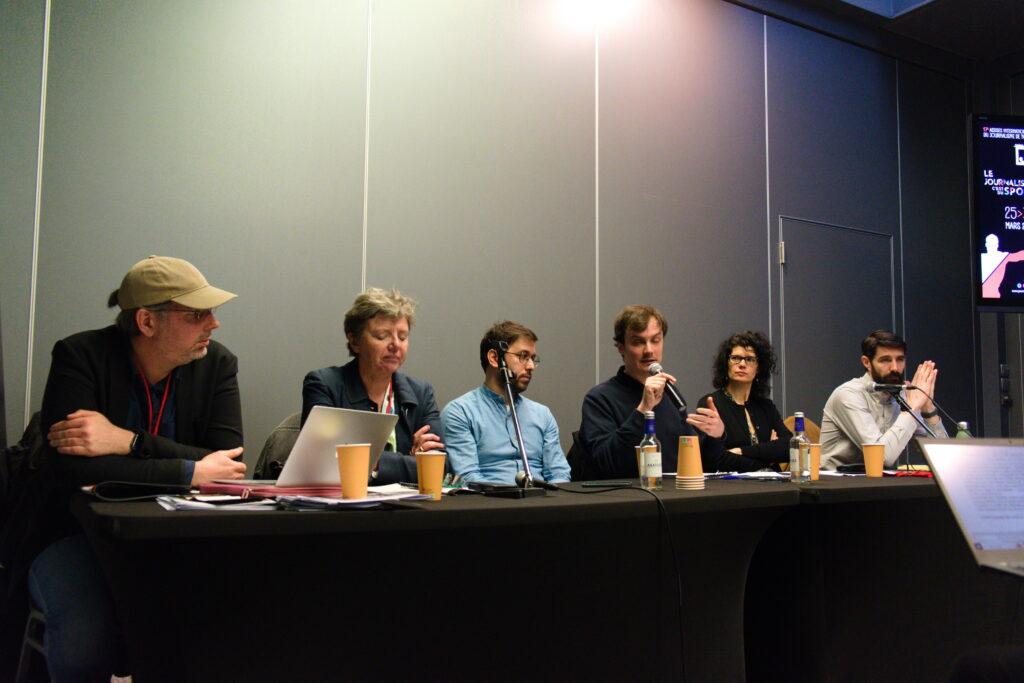The interest about AI is growing every day. ChatGPT is on everyone’s lips. While text generative AI is making noise, its equivalent, MidJourney, on the photojournalism side, is getting also a lot of press.
On Wednesday the 27th of March, at a journalism conference in Tours, the “Assises du Journalisme de Tours”. It’s 9 AM and everyone is in a hurry to get into the conference room. It’s already full. Several spectators huddle against the walls, others sit on the floor. There is a sea of heads, one can barely see the ground. The subject of AI in journalism seems to be a trendy topic.
“It generates only a text, not a comprehension of the world”
Popularised at the end of 2022, by the arrival of the generative AI app ChatGPT, the problems linked with the use of AI have never ceased to be highlighted. This AI destined for the general public is called “generative” because it creates a new text from data it collected. “It generates only a text, not a comprehension of the world,” pointed out Pierre Romera Zhan, member of the international collective ICIJ, which revealed the Panama Papers scandal. But it’s not the only generative AI. Recently, MidJourney, an AI tool capable of generating a picture from a prompt of words, particularly worries photojournalists. While a few months ago it was possible to recognize the generated pics because of some default (like problems on the hands), these days it’s more and more difficult, or even impossible.


For Estelle Cognacq, deputy director of France Info, “people are going to have to learn to be a bit of a journalist themselves” when it comes to recognising false images. “We’re entering an era of widespread suspicion. It’s becoming difficult to see what you can believe and what you can’t. There is now software to trace the origin of images,” she continues. The use of false images to circulate misinformation is nothing new. What is worrying is how easy it is for a wide audience to generate these images.
Ethical problems
“The media needs to do more to promote the use of the ‘real’,” says Yann Guégan, vice-president of the CDJM. In this way, he encourages the media to prioritise the use of credits on photos and use captions. For the moment, these are often written in little print under the photo and sometimes they don’t exist at all. He didn’t totally blame the use of MidJourney. “It should be banned if you use it for generating a realistic picture, in other words pictures that can mislead the reader,” he explained. “On the other hand, if you use illustrative pictures generated by AI, like an explanatory graphic, for us it’s not against journalism ethics.”
A future control of the use of AI in the media?
Lots of media companies expressed their point about the non-use of pictures generated by AI in published charters. “But who controls that engagement of the media?” questioned Yann Guégan. Silence in the room. At present, the use of AI-generated images is not governed by any legislation and there is no cooperative charter between journalists. “My intuition, which is not based on studies or facts, is that this will reshuffle the deck between those who produce rubbish and those who do quality work. The newsrooms who are paying for photojournalism will stand out from the others,” Yann Guégan told us as we left the conference.
